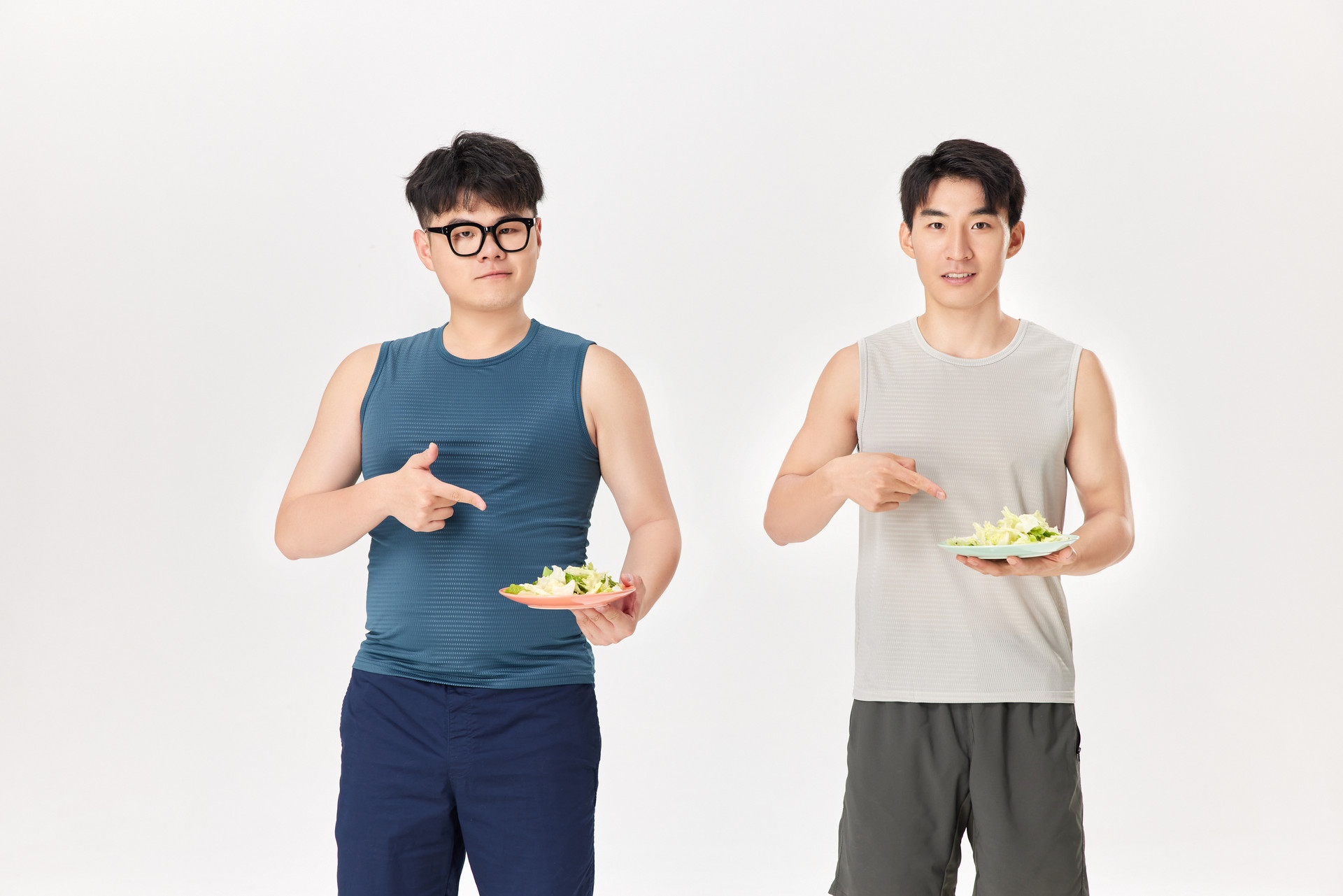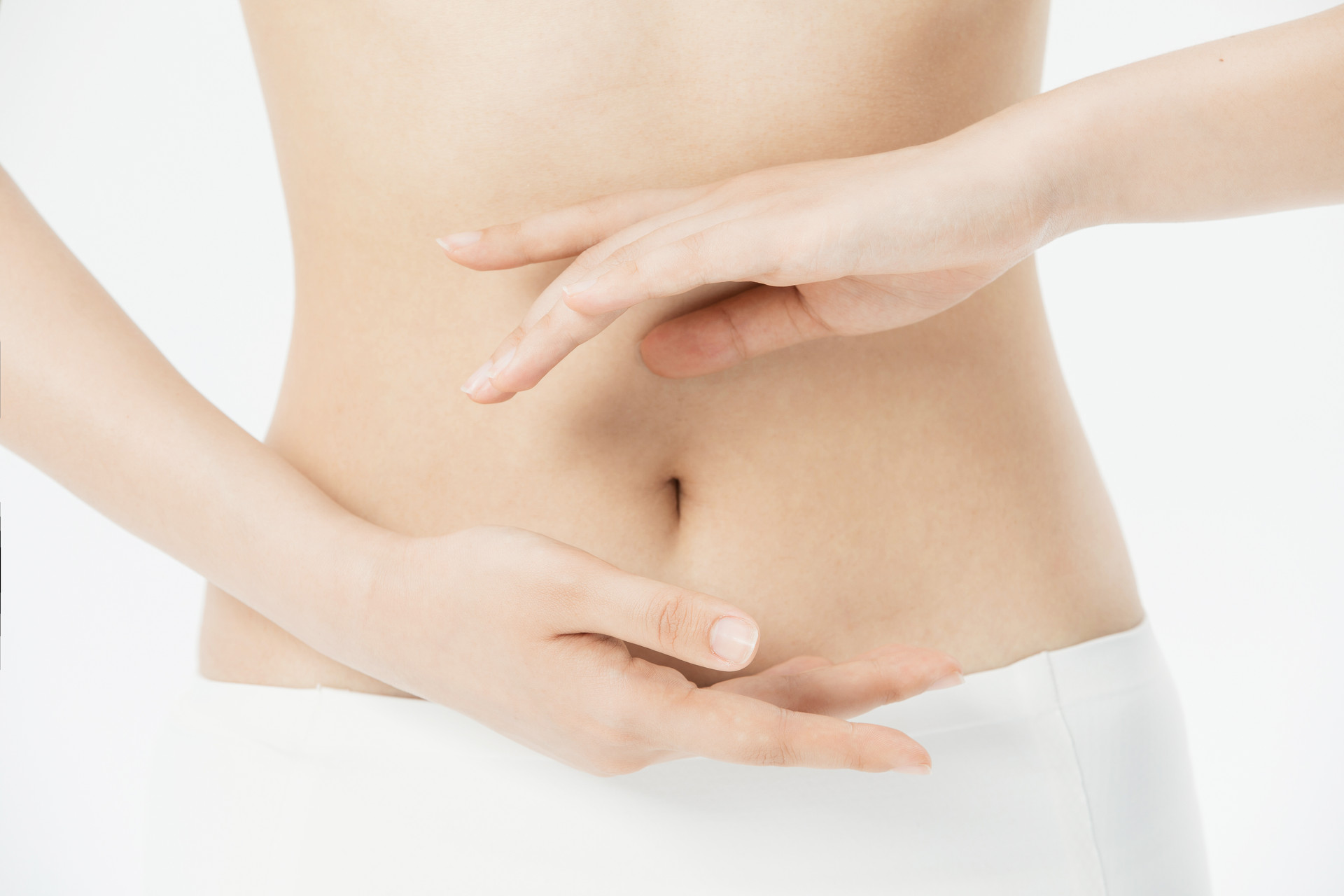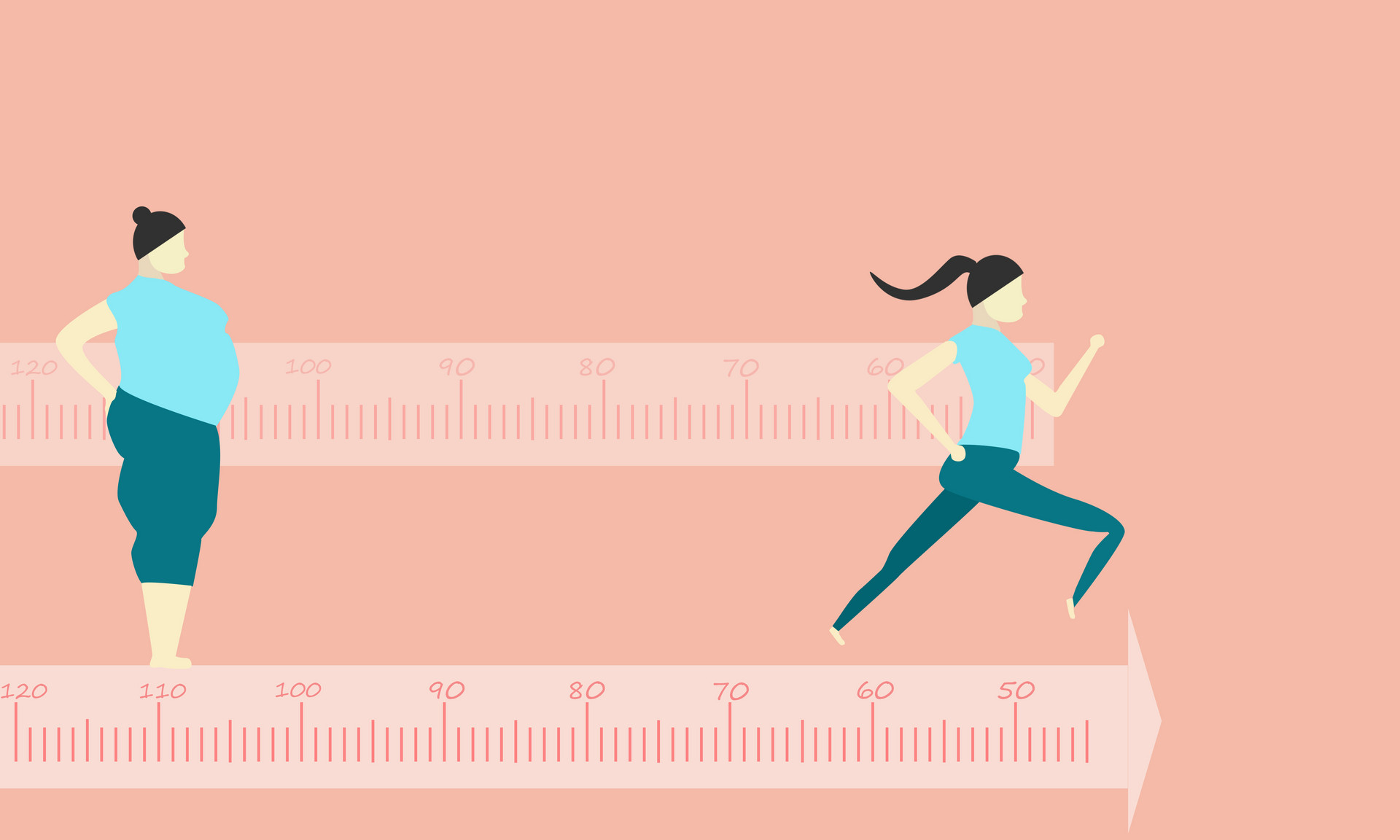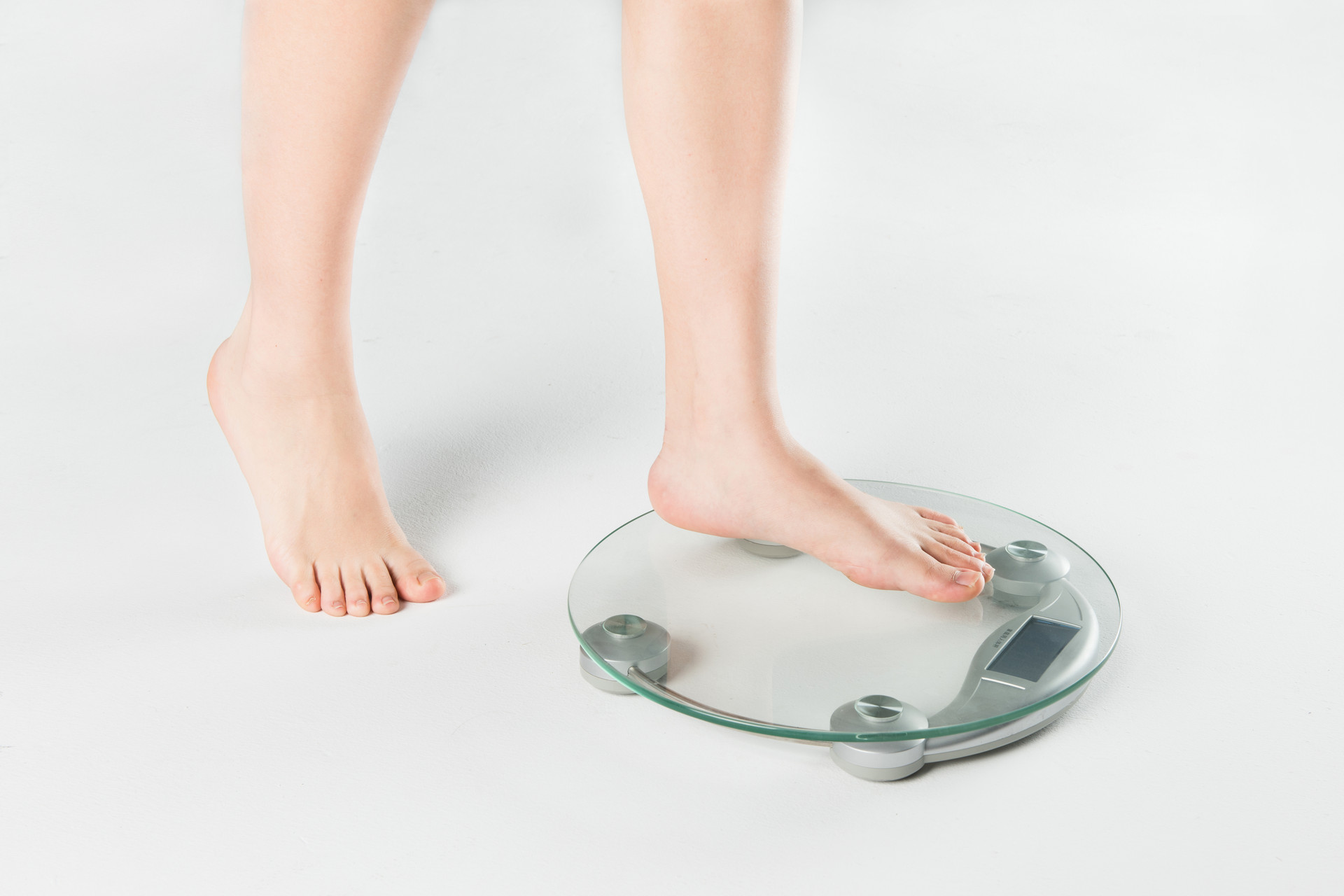
With the arrival of summer, the bulky figure has become a pain in the hearts of millions of obese people. Weight loss has always been a topic of great concern for the public. Faced with numerous weight loss methods and products, many people are in a state of difficulty in choosing and blindly following the trend. It is important to choose a scientifically sound weight loss method that is suitable for oneself. Traditional Chinese medicine (TCM) has a long history of understanding obesity, with its proven therapeutic effects and emphasis on individualized treatment plans, gaining more and more attention and recognition from those seeking weight loss.
Phlegm-dampness, each with its own characteristics
Obesity has been recorded and described in many ancient Chinese medical books. For example, in the "Su Wen: Tong Ping Xu Shi Lun", it is stated: "When a person is fat and luxurious, it is a disease of excessive fat and rich food." It is vividly referred to as "fat and luxurious person," "fat person," "plump person," etc. Ancient physicians believed that obesity is a disease of excessive nutrition, caused by overeating rich and heavy food, excessive intake, prolonged lying down, prolonged sitting, and lack of exercise. The pathological mechanisms are mainly excessive phlegm, dampness, stasis, and deficiency, and the forms and conditions of obesity vary depending on the different pathological mechanisms.
Phlegm-dampness type
Chen Xiuyuan, a physician from the Qing Dynasty, said: "Generally speaking, there is not much suffering for those who are naturally endowed, and they are mostly afflicted with phlegm and dampness." This indicates that phlegm and dampness are important pathological factors leading to obesity. The main manifestations of this type are: obesity accompanied by edema, heaviness in the body, shortness of breath and chest tightness upon exertion, fatigue, and even dizziness, vomiting, excessive phlegm, occasional abdominal distension, pale red and swollen tongue with teeth marks, sticky and greasy coating, and slippery pulse. For this type of obesity, it is appropriate to use tonifying the spleen, resolving dampness, and relaxing the chest to eliminate phlegm.
Chinese herbal tea substitute: 6g dried tangerine peel, 15g corn silk, 10g hawthorn, 10g coix seed. Brew the tea. Dried tangerine peel has a fragrant aroma, which can regulate qi and invigorate the spleen, and also resolve phlegm. It is a good food therapy for reducing fat. Corn silk has diuretic and anti-swelling effects. Hawthorn can aid digestion and relieve abdominal fullness. Coix seed can invigorate the spleen and eliminate dampness.
Acupressure: Acupoints used include Zhongwan, Zusanli, Fenglong, Tianshu, Pishu, Weishu, and Neiguan. Select 3-5 acupoints each time, use finger pressure, and continue until a sore and distended feeling is felt. Press each acupoint for 5 minutes, once a day or every other day. A course of treatment lasts for 10 days.
Moxibustion: Use ignited moxa sticks to explore the acupoints such as Zhongwan, Guanyuan, Tianshu, and Shenque. The areas where penetration and distant sensation occur will be the moxibustion sites. Select 1-2 moxibustion sites each time, moxibustion for 45 minutes, once a day or every other day. A course of treatment lasts for 10 days.
Turbid stasis type
The "Nei Jing" states: "Fat people have turbid blood and sticky body fluids, which accumulate for a long time and infiltrate into the meridians. The turbid blood causes stasis." People in this category mainly exhibit bloated and obese bodies, irritability and easy anger, overeating, swollen eye bags, irregular or absent menstruation, insomnia and vivid dreams, dark purple tongue with stasis spots, and rough pulse. The treatment should focus on promoting blood circulation and resolving stasis.
Chinese herbal tea substitute: 6g orange peel, 10g lotus leaf, 10g barley sprout, 10g radish seed, 6g rose flower. Brew the tea to aid digestion, promote clearing away turbidity, reduce fat.
Acupressure: Acupoints used include Zhongwan, Liangmen, Qimen, Fenglong, Guanyuan, Ganshu, Sanyinjiao, Taichong. Select 3-5 acupoints each time, use finger pressure, and continue until a sore and distended feeling is felt. Press each acupoint for 5 minutes, once a day or every other day. A course of treatment lasts for 10 days.
Moxibustion: Use ignited moxa sticks to explore the acupoints such as Zhongwan, Guanyuan, Liangmen, and Qimen. The areas where penetration and distant sensation occur will be the moxibustion sites. Select 1-2 moxibustion sites each time, moxibustion for 45 minutes, once a day or every other day. A course of treatment lasts for 10 days.
The "Za Bing Yuan Liu" states: "Fat and vigorous people are actually fat and vigorous with weakened qi." Therefore, obesity is often associated with qi deficiency and yang deficiency. Qi deficiency leads to insufficient movement of water and dampness, resulting in the accumulation of phlegm internally; yang deficiency and coldness internally lead to the non-transformation of qi, retention of water and dampness, and easy formation of phlegm and dampness, causing obesity. The main manifestations are floating and weak body shape, fatigue, weakness, excessive sleepiness, lumbago and weakness in the legs, easy fatigue upon exertion, and even impotence and coldness in men, pale tongue with thin coating, and weak pulse. The treatment should focus on nourishing qi and warming yang.
Chinese herbal tea substitute: 15g Astragalus root, 15g Codonopsis root, 10g Goji berries, 6g Cinnamon bark, 6g Chinese angelica root. Brew the tea to nourish qi, warm yang, resolve phlegm, and promote diuresis for weight loss.
Acupressure: Acupoints used include Zhongwan, Shuifen, Guanyuan, Qihai, Fenglong, Shenshu, Mingmen, Yongquan. Select 3-5 acupoints each time, use finger pressure, and continue until a sore and distended feeling is felt. Press each acupoint for 5 minutes, once a day or every other day. A course of treatment lasts for 10 days.
Moxibustion: Use ignited moxa sticks to explore the acupoints such as Guanyuan, Qihai, Shenshu, and Mingmen. The areas where penetration and distant sensation occur will be the moxibustion sites. Select 1-2 moxibustion sites each time, moxibustion for 45 minutes, once a day or every other day. A course of treatment lasts for 10 days.
In addition, TCM also includes characteristic treatments such as acupuncture, massage, electroacupuncture, thread embedding, cupping, ear acupressure, and exercise for weight loss. These methods require professional doctors to tailor treatment plans according to patients' gender, age, physical condition, etc. Multiple treatment methods should be used rationally and in an orderly manner, and the strengths and weaknesses of each method should be combined to form an effective individualized treatment plan, providing tailored TCM weight loss treatment for patients.
Proper exercise and nutrition
In addition to diet and exercise, weight loss should also pay attention to nutritional balance, optimize the combination of protein, fat, and carbohydrates, and include sufficient intake of vegetables and fruits. Exercise is one of the important ways to burn calories and lose fat. Designing a reasonable exercise plan based on the physical fitness and exercise habits of obese patients is essential for healthy weight loss. Common exercise methods include track and field, skipping rope, cycling, jogging, basketball, swimming, and walking. Pay attention to exercise intensity and changes in heart rate, and ensure the duration of each exercise session.
It is important to note that the weight loss process is a process of cultivating good lifestyle habits. Do not blindly pursue speed in weight loss. Rapid weight loss can not only affect physical health but also easily lead to weight rebound. By adopting a reasonable diet and exercise, combined with TCM weight loss methods, weight loss can be achieved in a scientific and healthy manner. May you have a healthy and beautiful body shape.










